During its Q3 call, CEO Efraim Grinberg discussed the deal to lower tariffs on Swiss-made watches, watch market trends, and more.
The History Behind … Art Deco
The latest in National Jeweler’s The History Behind series explores one of the most popular and influential periods in jewelry design, the Art Deco era.
New York--It’s a period that’s so popular, and has enjoyed so many revivals, that the term Art Deco is used loosely to refer to jewelry, architecture and furniture from many different decades.

For this installment of The History Behind, National Jeweler turned to two antique experts--Janet Levy, of antique jewelry company The DeYoung Collection, and Patricia Faber of the Aaron Faber Gallery--to learn more about the origins of the era’s clean aesthetic.
When did Art Deco jewelry first appear on the market? Both Levy and Faber agree that there are no firm dates for any period of jewelry design; one movement simply blends into the one that follows.
“There’s not this kind of wall that divides anything,” Levy said. “It’s very fluid.”
While a touring exhibition put together by the Victoria & Albert Museum in London defines the period as 1910 to 1939, Levy said in her mind, the earliest Art Deco pieces date from about 1918 or 1919, with interest in the movement waning in the 1940s.
Why it is called Art Deco and what influenced the design of the period? Art Deco took its name from the Exposition Internationale des Arts Décoratifs et Industriels Modernes (the International Exposition of Modern Decorative and Industrial Arts). It took place in Paris in 1925 and is said to have done more to advance the worldwide popularity of Art Deco design than any other exposition of its time.
Like most movements in design, Art Deco was a rejection of the soft, curvy forms of the period that preceded it, Art Nouveau.
It was after World War I, and “People needed an escapist, happy expression coming out of that horrible war,” Levy said.
Women enjoyed a period of liberation in terms of their hairstyles, lifestyles and clothing--think how little the flapper girls of the era wore--and wanted new, fresh-looking jewelry to go with it.
They could have it, thanks to the growing use of machines, which could produce jewelry with clean lines, and produce it in greater amounts than was possible in the past.
Art Deco also was
How would you describe the aesthetics of Art Deco jewelry? Art Deco is, as Faber so perfectly described it, graphic, linear and geometric. To see these traits on a large scale, one merely has to look at some of New York City’s most iconic buildings, the Chrysler and Rockefeller Center.
Levy noted that there are two forces at play in any Art Deco piece. There’s the very strong, geometric structure and then the expression taking place within that structure.
Think: the floral or pyramid-like patterns visible in the beautiful, clean diamond and colored gemstone-set bracelets, brooches and earrings from houses such as Boucheron, Van Cleef & Arpels and Cartier and, in the United States, Raymond Yard.
Art Deco also was the era that Cartier’s artisans came up with the Tutti Frutti design, which featured diamond and carved, colored gemstones, influenced by the Mughal period in India.
What materials were popular? Platinum was the most widely used metal of the era.
Gemstone-wise, it was diamonds and colored stones, particularly the big three: sapphires, emeralds and rubies. Levy said there also were a lot of fancy cuts used during the period, including fancy cuts in color.
Is Art Deco the most influential period in jewelry design? Both Levy and Faber said yes.
“Etruscan and Scythian jewelry shows up most often throughout (history) but I think Art Deco in the modern era is strongest, and I think it’s the most popular,” Faber said.
It’s enjoyed a number of revivals throughout history, including in the late 1980s and early ‘90s, and influences the geometric designs that are en vogue today.
The clean lines continue to appeal.
“You never get tired of it,” Faber said. “I never get tired of looking at the Chrysler Building and jewelry has a lot of the same visual appeal. There’s always something new to see in the design.”
How can retailers add authentic Art Deco pieces to their estate jewelry inventory? Levy said jewelers need to be pro-active in order to snag pieces from this still-popular era.
She recommended attending estate jewelry shows--one example is Lueur, which is coming up at end of October in New York--as well as visiting reputable dealers to look at jewelry, analyze its quality and compare prices.
Price points for Art Deco jewelry start as low as $2,000 for a simple bar pin and can climb to $10,000 to $20,000 for bracelets that aren’t signed, which Levy considers a good deal. More elaborate signed pieces, meanwhile, can sell for upwards of $1 million at auction.
Faber also recommended the auction houses as good sources for retailers, as they edit their offerings carefully. “You’d be less likely to find authentic Art Deco privately,” she said.
The Latest

The “Embrace Your True Colors” campaign features jewels with a vibrant color palette and poetry by Grammy-nominated artist Aja Monet.

Luxury veteran Alejandro Cuellar has stepped into the role at the Italian fine jewelry brand.

How Jewelers of America’s 20 Under 40 are leading to ensure a brighter future for the jewelry industry.

The company gave awards to four students at the Namibia University of Science & Technology, including one who is a Grandview Klein employee.

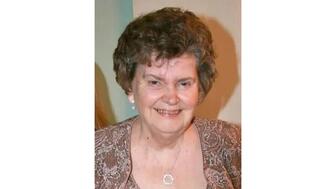
She is remembered as an artist who loved her craft and was devoted to her faith, her friends, and her family.

It joins the company’s other manufacturing facilities globally, including in India, Botswana, and Namibia.

Roseco’s 704-page catalog showcases new lab-grown diamonds, findings, tools & more—available in print or interactive digital editions.
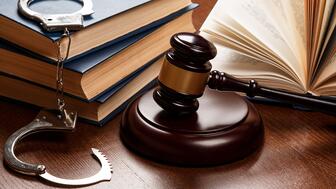
Vanessa Hickman, 49, allegedly sold a diamond bracelet that was mistakenly sent to her home.
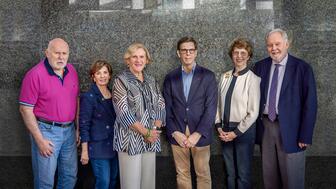
GIA’s former president and CEO was presented with the Richard T. Liddicoat Award for Distinguished Achievement.

Social media experts spoke about protecting brand reputation through behaving mindfully online.
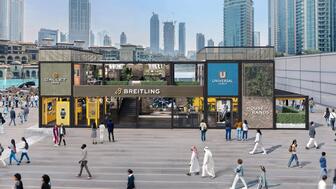
In 2026, the three will come together as “House of Brands,” with Gallet sold in Breitling stores and Universal Genève sold separately.
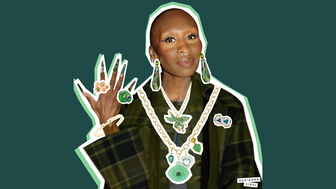
The second drop, which includes more Elphaba-inspired pieces from additional designers, will continue to benefit nonprofit Dreams of Hope.
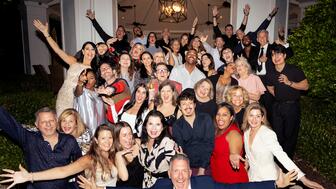
Second-generation jeweler Sean Dunn has taken on the role.
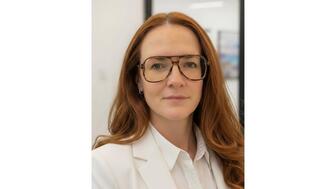
Amber Pepper’s main focus will be on digital innovation and engaging younger consumers.

Called “Origin by De Beers Group,” the loose, polished diamonds are being sold in a total of 30 stores in the United States and Canada.

The lariat necklace features a 4.88-carat oval-cut Zambian emerald in 18-karat yellow gold.
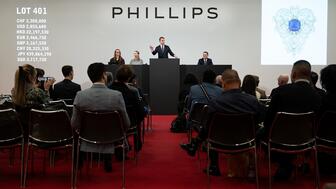
A 43-carat sapphire brooch from the Vanderbilt collection was the top lot of the Geneva sale.

Rau is a fourth-generation art and antique dealer from M.S. Rau gallery whose first jewelry collection merges artifacts with modern design.
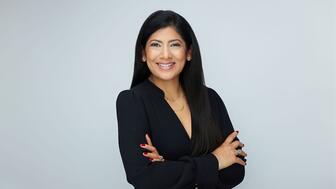
Former De Beers sustainability leader Purvi Shah will take over the role in February 2026.
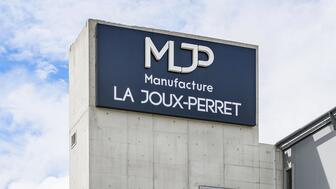
La Joux-Perret is based in La Chaux-de-Fonds, Switzerland, and makes solar quartz as well as mechanical watch movements.
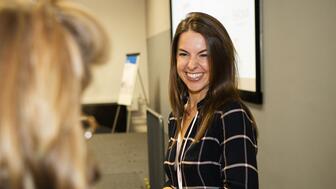
She previously taught at Gem-A and is the founder of The Gem Academy.
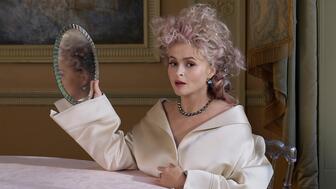
The British actress and her daughter modeled pieces from the brand’s new “Palette” capsule for its “Once Upon a Time” holiday campaign.

Plus, the tech giant shares the steps retailers should take if they believe they’re a victim of a review extortion scam.
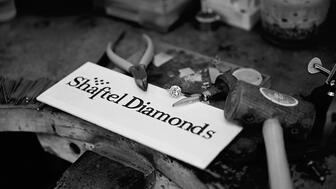
Danny and Gaby Shaftel are now Shaftel Diamonds’ CEO and chief operating officer, respectively.

The jewelry manufacturer’s seasonal offering features its new “Melodie” bangles, as well as mini stud earrings and layering pieces.

With more than 140 activations taking place in New York City now through Nov. 23, these 12 events are can’t-miss moments.


























